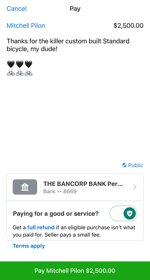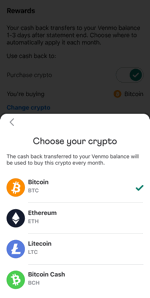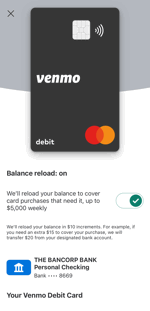Rocket Pro Navigate
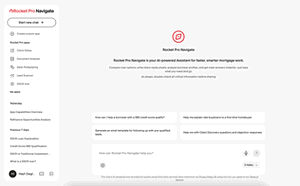
I've been designing APIs nearly as long as I've been consuming them. I find API design to be fun and always like approaching design from the lens of a full stack engineer - collaborating with API consumers to ensure that we're implementing interfaces that work for both the frontend and backend.
Here are 15 projects that I've worked on tagged API Design.





This is the first version of my site that I completely rebuilt in a new language and platform. I moved the entire site from a containerized LAMP stack to a server-side-rendered (SSR) Nuxt.js application that relies completely on the Broox API to power its content. I chose Nuxt and SSR in order to keep my SEO and open graph / social sharing meta tags intact while still providing a speedy, asynchronous client-side browsing experience.

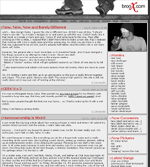



After growing a little tired of Node, Express and Sequelize, I decided to rebuild my personal API using Python, Flask, and SQLAlchemy. The end product felt much cleaner and allowed me move a lot faster when iterating on new features.

